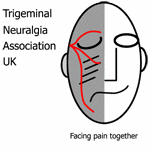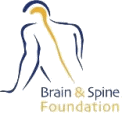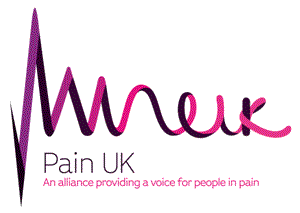|
Awareness Day: 7th October |
 |
|
TRIGEMINAL NEURALGIA “TN”, “TNA”, “TGN”, also known as Prosopalgia, The Suicide Disease, or Fothergill's disease is a Neuropathic disorder characterized by episodes of intense pain in the face, originating from the Trigeminal Nerve. It has been described as among the most painful contacts known to mankind.
It is estimated that 1 in 15,000 people suffer from TN, although the actual figure may be significantly higher due to frequent misdiagnosis. Trigeminal Neuralgia is rare. In the UK, it affects four or five people out of every 100,000 each year. Almost twice as many women are affected as men. The condition becomes more common with age and is rare in people under 40 years of age. Trigeminal Neuralgia is most commonly seen in people between 60 to 70 years of age.
The Trigeminal Nerve is a paired cranial nerve that has three major branches: the Ophthalmic Nerve (V1), the Maxillary Nerve (V2), and the Mandibular nerve (V3. One, two, or all three branches of the nerve may be affected. 10-12% of cases are bilateral (occurring on both the left and right sides of the face). Trigeminal Neuralgia most commonly involves the middle branch (the Maxillary Nerve or V2) and lower branch (Mandibular Nerve or V3) of the Trigeminal nerve, but the pain may be felt in the ear, eye, lips, nose, scalp, forehead, cheeks, teeth, or jaw and side of the face.
Trigeminal Neuralgia can be split into different categories depending on the type of pain. These are described below:
|






